Images That Shake Consciences: The Power of Activist Art
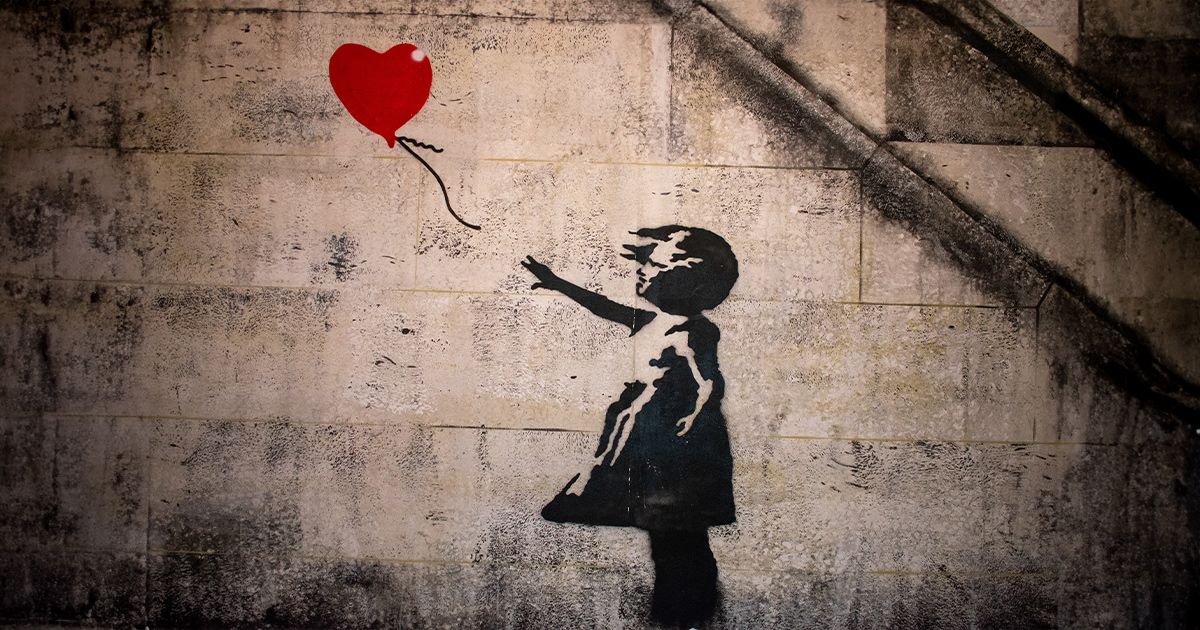
Explores the impact of art as a tool for activism: linking powerful images with social justice and human rights causes.
In a world flooded by information, art emerges as a powerful medium to provoke reflection and change paradigms. Beyond aesthetics and individual expression, art becomes a vehicle for activism, a tool that challenges, questions and shakes consciences. From vindictive paintings to powerful installations, contemporary art has become a platform for addressing social, political and environmental issues.
The Power of the Image
In the age of social media and visual communication, images have an instant and lasting impact. Committed artists have used this reality to give voice to urgent causes. Paintings, photographs, and graphic designs become visual testimonies to the struggle for social justice, human rights, and gender equality. These images not only inform but also generate empathy, connecting audiences around the world to realities that may be far from their daily experience.
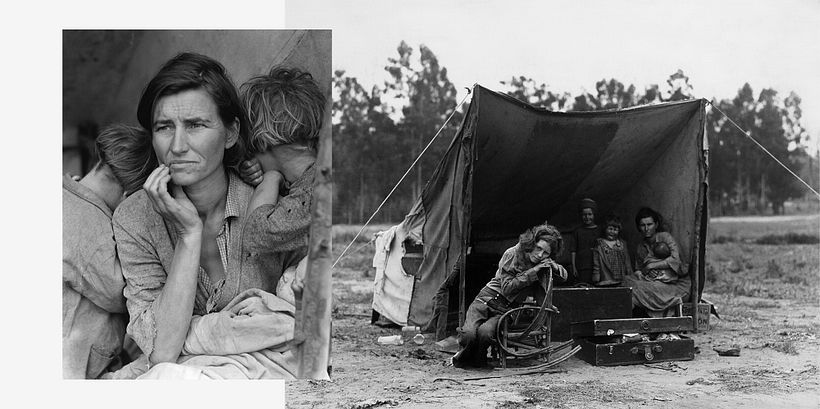
Spaces of Resistance
Activist art often finds its home in alternative and public spaces. Street murals, installations in plazas and performances in emblematic places become physical manifestations of resistance. These spaces allow art to leave the traditional galleries and reach entire communities. Thus, art becomes a form of activism accessible to all, breaking down barriers and challenging established norms.
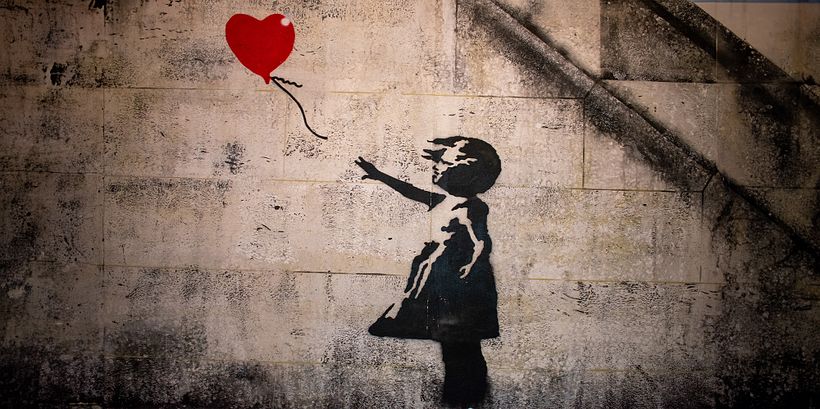
Underlying Narratives
Art as activism is not limited to a specific medium. From music to dance, film to poetry, creative narratives can envelop powerful messages. Artists often become storytellers who, in subtle or impactful ways, unravel the complexity of social problems. These narratives not only inform but also inspire action, encouraging participation and the search for solutions.
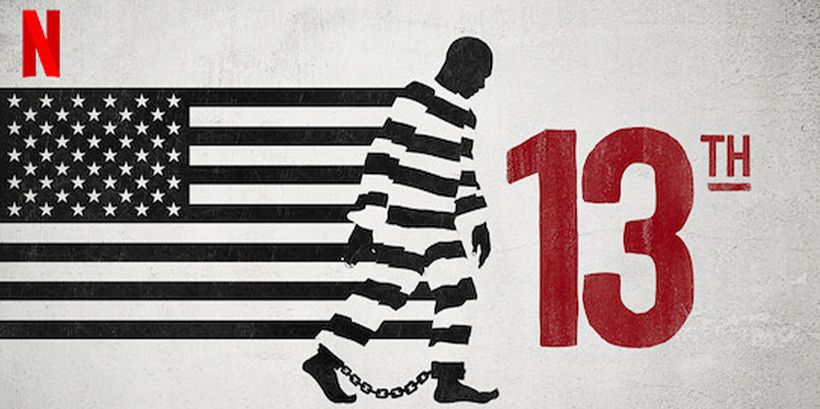
Challenging Stereotypes
Activist art challenges entrenched stereotypes, offering new perspectives and dismantling prejudices. Through artistic representations, artists seek to change the dominant narrative, questioning how various communities are perceived and treated. This challenge to conventional perception is fundamental to social change and the construction of more inclusive societies.
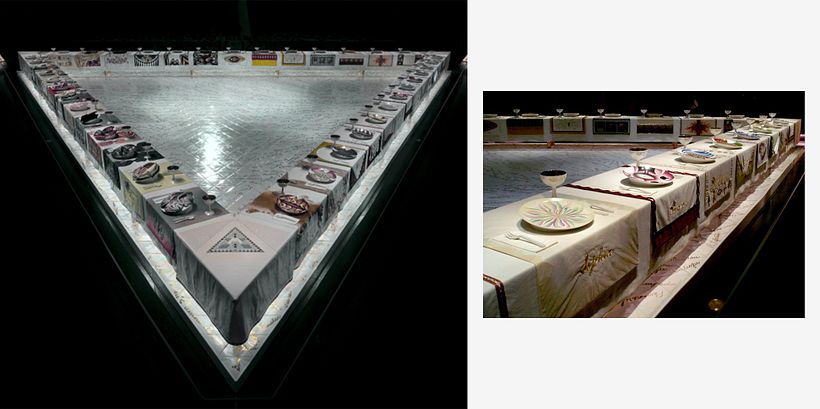
Ultimately, art as a means of activism is not only a creative expression but also a call to action. By challenging, questioning, and provoking, activist artists are shaping social discourse and contributing to the construction of a more conscious and just world. Through their creativity, art becomes a force that transcends words and takes root at the heart of movements for change.
Check out these links that may also be of interest to you:
- Fine Arts Courses
- 8 Photographers Who Captured the Lives and Struggles of Women
- 10 Black Artists Who Changed Art History





0 comments